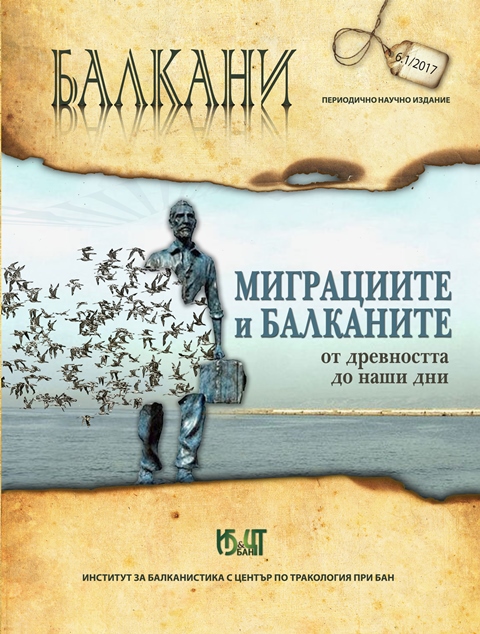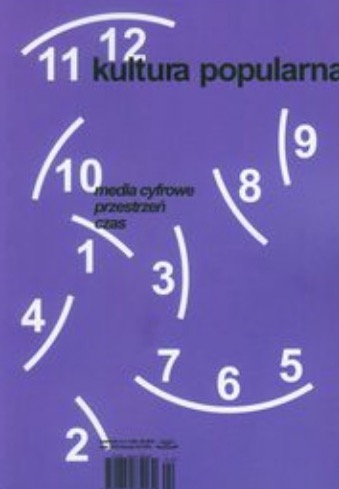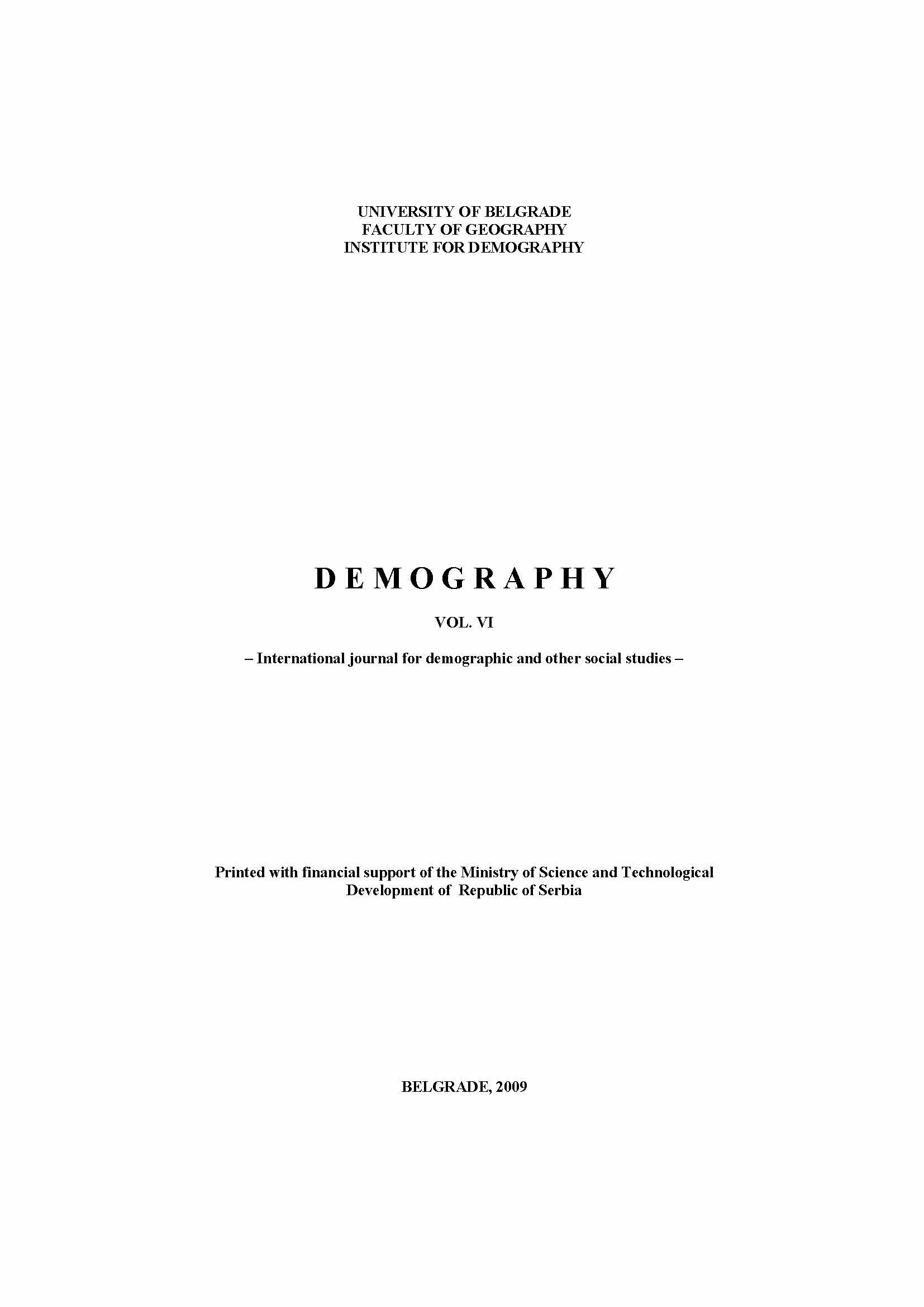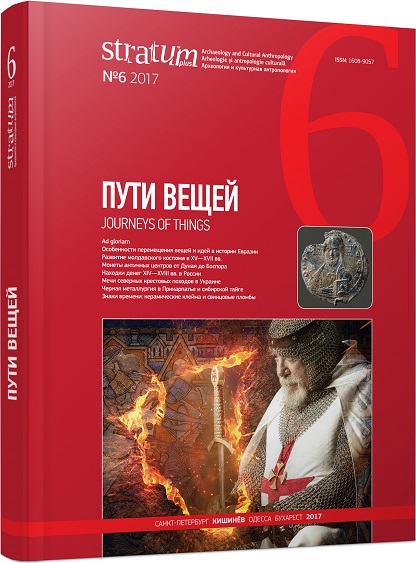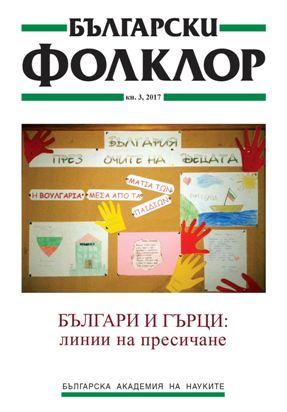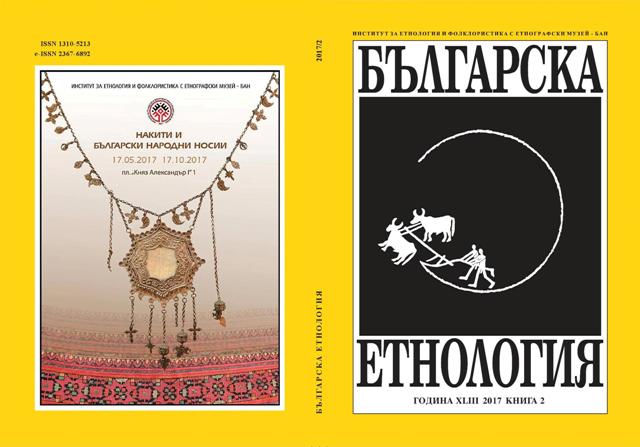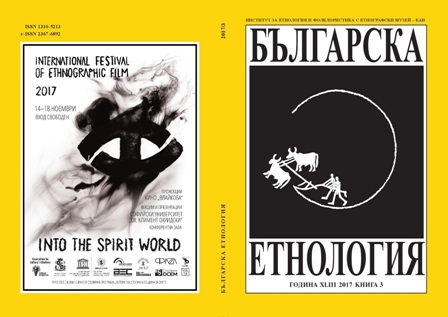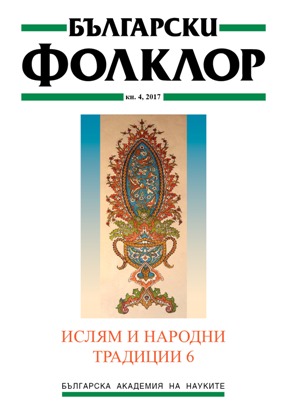Author(s): Orsolya Gyöngyössy,András Simon,László Mód,Zsuzsanna Börcsök,Klára Kuti,István Povedák,Denise Y. Arnold,Mária Flórián / Language(s): English,German
Issue: 1/2011
Review of:
1. Ulrike Egelhaaf-Gaiser – Alfred Schäfer: Religiöse Vereine in der römischen Antike: Untersuchungen zu Organisation, Ritual und Raumordnung. Studien und Texte zu Antike und Christentum 13. Tübingen: Mohr Siebeck 2002, 310 pp.
by: Orsolya Gyöngyössy
2. Szilvia Andrea Holló – János Szulovszky (Hrsg.): Az agyagművesség évezredei a Kárpátmedencében [Thousands of Years of Pottery in the Carpathian Basin]. MTA VEAB: Budapest–Veszprém, 2006, 204 Seiten.
by: András Simon
3. Zoltán Ilyés: A tájhasználat változásai és a történeti kultúrtáj 18-20. századi fejlődése Gyimesben [Variant Uses of the Land and Changes in the Historical Man-made Landscape in the 18th–20th Centuries in Gyimes]. Eger: Eszterházy Károly College, Department of Geography 2007, 191 pp.
by: László Mód
4. Peter Luetchford: Fair Trade and a Global Commodity. London: Pluto Press, 2007, 219 Seiten.
by: Zsuzsanna Börcsök
5. Bertalan Andrásfalvy: A Duna mente népének ártéri gazdálkodása [Die Überschwemmungswirtschaftung des Volkes an der Donau]. Budapest: Ekvilibrium Kiadó, 2007, 440 Seiten
by: László Mód
6. Zsigmond Csoma: Bortörténeti breviárium [Weingeschichtliches Breviar]. Agroinform Kiadó: Budapest, 2006, 291 Seiten; Zsigmond Csoma – László András Magyar: Magyar füvesés gyógyborok [Ungarische Kräuter- und Medizinalweine]. Budapest: Agroinform Kiadó, 2007, 423 Seiten
by: András Simon
7. Gyula Viga: A bodrogközi kultúra és társadalom változása a 19-20. században [Change in the Culture and Society of the Bodrogköz Region in the 19th–20th Centuries]. Budapest: L’Harmattan–Department of Ethnology and Cultural Anthropology of the University of Pécs 2008, 266 pp.
by: László Mód
8. Anikó Báti: Régi és új elemek a cserépfalui konyhán [Alte und neue Elemente in der Küche von Cserépfalu]. Budapest, Magyar Néprajzi Társaság: 2008, 290 Seiten.
by: Klára Kuti
9. Peter Jan Margry (ed.): Shrines and Pilgrimage in the Modern World. New Itineraries into the Sacred. Amsterdam, Amsterdam University Press: 2008, 362 Seiten.
by: István Povedák
10. Henriette Eva Szabó: Diccionario de la antropología boliviana. Santa Cruz: Aguaragüe and the Cooperación Holandesa. 2008, 771pp.
by: Denise Y. Arnold
11. Tamás Dénesi – Zsigmond Csoma (Hrsg.): „ad vinum diserti …” Monostori szőlőés borgazdálkodás [„ad vinum diserti ...“ Klösterliche Reb- und Weinwirtschaft]. Budapest, Agroinform Kiadó: 2009, 227 Seiten.
by: László Mód – András Simon
12. Tekla Tötszegi: A mérai viselet változása a 20. században. A mérai magyar női viselet és kontextusai [Change in the Méra Folk Costume in the 20th century. The Hungarian Women’s Costume of Méra and its Contexts]. Marosvásárhely/Tirgu Mures: Mentor Kiadó 2009, 408 pp.
by: Mária Flórián
13. Tamás Hofer: Egy falu az országban. Képek Átányból 1953 és hozzávetőleg 1962 között [A Village in Hungary. Images from Átány between 1953 and around 1962]. Budapest: Museum of Ethnography 2009, 85 pp.
by: László Mód
More...



